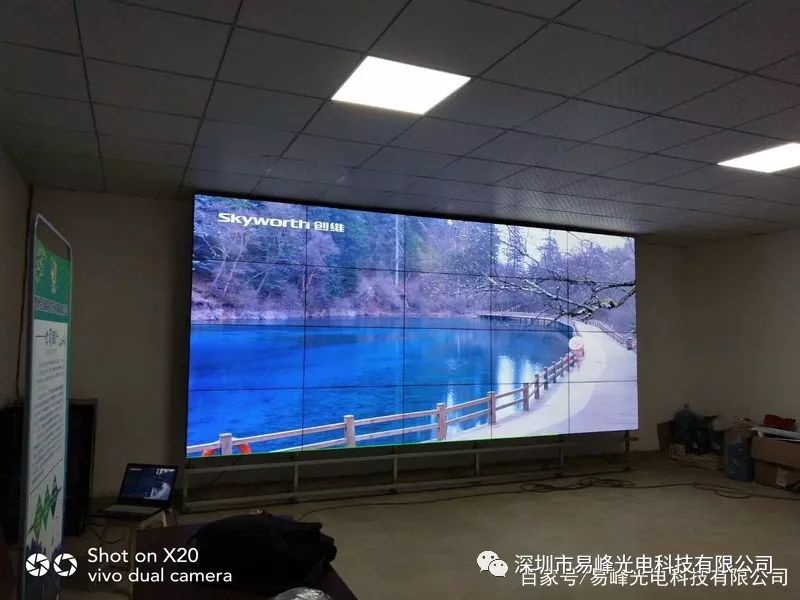Recently, many customers have been asking about the differences between LED and LCD displays. Why do you always recommend that we use LED screens? Today, let’s introduce the differences between LED and LCD.

LCD Splicing Screen

LED Display Screen
Screen Composition:
LCD is a display screen composed of liquid crystals;
LED is a display screen composed of light-emitting diodes;
Display Effect:
LCD has a backlight layer that emits light through the refraction of beams, resulting in lower color saturation; LED can project the three primary colors of red, green, and blue from each pixel, resulting in a more vibrant and full display.
Power Consumption:
When LCD is turned on, the entire backlight layer is activated, which can only be fully on or off, leading to higher power consumption. In contrast, each pixel in LED operates independently, allowing for individual lighting and turning off, thus reducing power consumption.
Viewing Angle:
The effective viewing angle of LCD is 140 degrees, while that of LED is 160 degrees, providing a larger viewing angle.
Seam Difference:
The minimum seam for LCD can achieve a double-sided seam of 0.7 millimeters, which makes the black seams on the screen quite noticeable during viewing. LED can achieve seamless splicing, providing a unified picture and better visual effects.